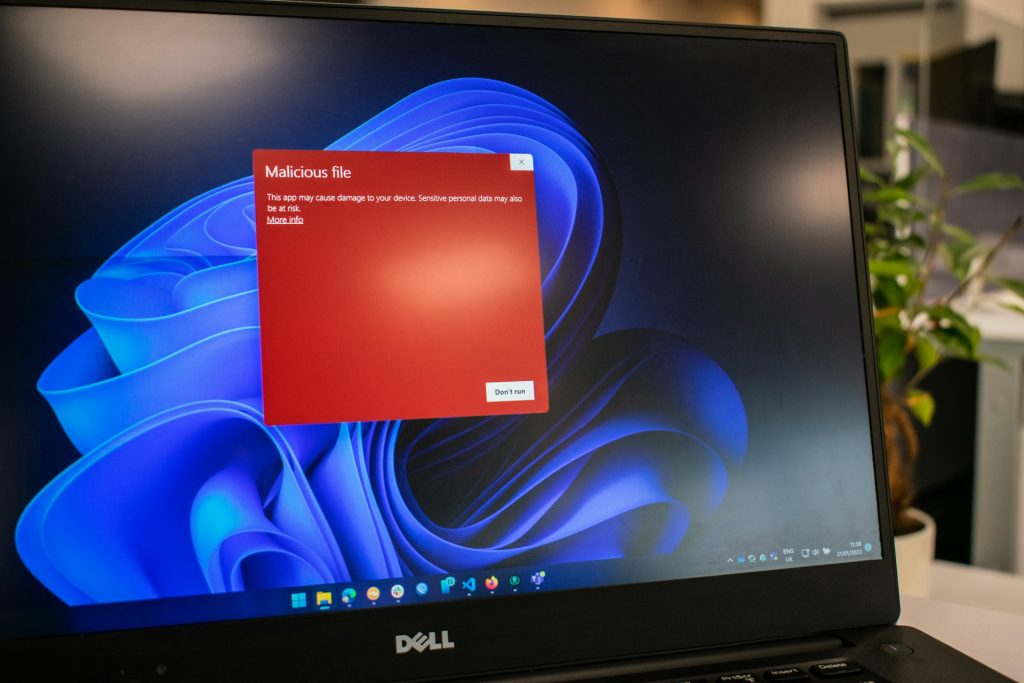When it comes to cybersecurity, the terms “malware” and “virus” are often used interchangeably, but they represent distinct concepts with unique characteristics. While both pose threats to computer systems, understanding their differences is essential for effective cybersecurity practices.

Defining Malware and Virus
Malware, short for malicious software, serves as an umbrella term encompassing any software or code designed to harm computer systems, networks, or servers. On the other hand, a virus is a specific type of malware characterized by its ability to self-replicate and spread to other devices or areas within a network.
Differentiating Malware from a Virus
Beyond their replication abilities, malware and viruses exhibit variances in attack types, methods of infection, and attack outcomes.
Attack Type
Malware encompasses various subcategories, including ransomware, trojans, worms, and viruses. While viruses fall under the malware umbrella, they distinguish themselves through self-replication capabilities.
Method of Infection
Malware often infiltrates systems through phishing emails, social engineering tactics, or corrupted downloads. Conversely, viruses primarily spread through web applications, software, email attachments, infected websites, and storage devices.
Attack Operations
Malware operates by establishing persistent access to systems, allowing adversaries to infiltrate networks and exfiltrate sensitive data. In contrast, viruses remain dormant until activated by users, upon which they execute predefined tasks such as file deletion or system disruption.
Attack Outcomes
Malware attacks may lead to data breaches, financial losses, or service disruptions, depending on the attacker’s objectives. Viruses typically aim to damage systems or networks, causing operational disruptions and potential financial repercussions.

The Evolution of Terminology
Historical and linguistic factors contribute to the interchangeable use of the terms “malware” and “virus.” Early malware attacks were often referred to as viruses, perpetuating the misconception among non-experts. Additionally, the cybersecurity industry’s emphasis on antivirus software further reinforced the association between malware and viruses.
Examples of Malware and Viruses
Malware encompasses a broad range of threats, including bots, ransomware, keyloggers, and spyware. Similarly, viruses manifest in various forms such as boot sector viruses, file infectors, and macro viruses. Understanding these distinctions is vital for identifying and mitigating cyber threats effectively.
Protecting Against Malware and Viruses
Effective cybersecurity strategies involve employing a multifaceted approach, including machine learning, exploit blocking, behavioral analysis, and blocklisting. Platforms like Falcon utilize these methods to detect and prevent known and unknown malware, safeguarding systems against evolving cyber threats.

While malware and viruses share similarities, they represent distinct categories of cyber threats with unique characteristics and behaviors. By understanding these differences and implementing robust cybersecurity measures, individuals and organizations can mitigate the risks associated with malicious software and safeguard against potential cybersecurity breaches.





